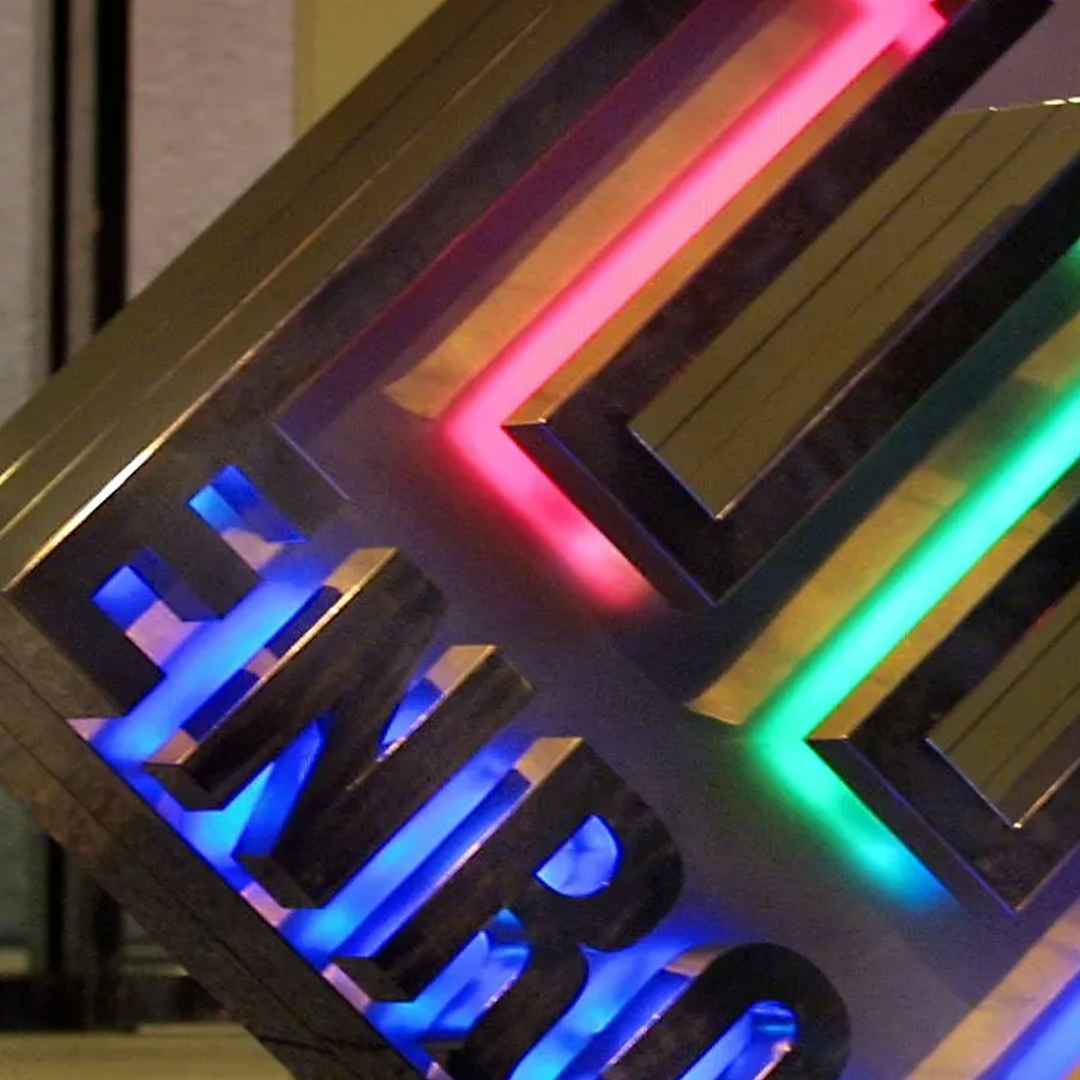
In an unexpected twist, the brand associated with the infamous defunct company, Enron, has introduced a new, highly unconventional product: the Enron Egg. This supposed “micro-nuclear reactor” is claimed to be capable of powering entire homes, as announced on Monday by the company’s CEO, Connor Gaydos.
The Enron Egg: A Bold Claim
The Enron Egg, described as a “groundbreaking” innovation, is touted as a micro-nuclear reactor for residential use. In a video allegedly from the Enron Power Summit—a mysterious event with no confirmed location or date—Gaydos, the 28-year-old CEO known for the satirical “Birds Aren’t Real” conspiracy theory, revealed the product.
“Ladies and gentlemen, we have harnessed the power of the atom, introducing the Enron Egg, the world’s first micro nuclear reactor for residential, suburban use,” Gaydos declared. “This little device can power your entire home for up to 10 continuous years.”
Parody or Reality?
The announcement has been met with skepticism, particularly due to a disclaimer on Enron’s website labeling its content as parody. Gaydos addressed the skepticism in a social media post, suggesting that embedding performance art in the company’s terms of service was a strategic move.
“As if I didn’t know people would immediately find that in our Terms of Service,” Gaydos wrote. “Putting performance art in our terms of service is the highest IQ behavior possible in the age of rogue government bureaucrat witch hunts.”
Safety and Feasibility Concerns
The Enron Egg’s safety claims have also raised eyebrows. Gaydos asserts that the device is safe for home use because it uses 20% enriched uranium, below the 90% enrichment level typically associated with nuclear weapons. However, the Union of Concerned Scientists notes that uranium enriched to 20% is still classified as “highly enriched uranium” and can potentially be weaponized.
“Weapons-grade HEU is typically enriched to 90 percent uranium-235 or more, but all HEU can potentially be used to make nuclear weapons with sufficient quantity and expertise,” the union stated in a blog post.
Practical Applications and Regulatory Hurdles
Despite these concerns, Gaydos claims to have personally used the Enron Egg to power his home and even on camping trips. Additionally, Enron’s CTO, Daniel Wong, stated that the device can run continuously for 10 years before needing refueling, offering a reliable output of 200 amps.
However, the feasibility of the Enron Egg’s widespread use is questionable. Operating a nuclear reactor—even a residential one—requires adherence to strict licensing and regulatory standards set by the U.S. Nuclear Regulatory Commission (NRC). The Enron Egg would likely fall under the category of a “research reactor,” necessitating a license from the NRC.
Conclusion
While the Enron Egg’s introduction has stirred intrigue and skepticism alike, the lack of clarity around its regulatory compliance and actual functionality suggests that this product is more of a satirical commentary than a viable energy solution. The company’s blend of parody and audacious claims continues to keep the public guessing about its true intentions.
